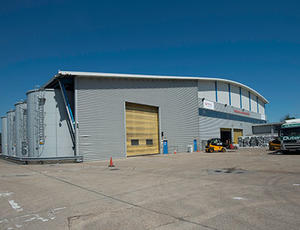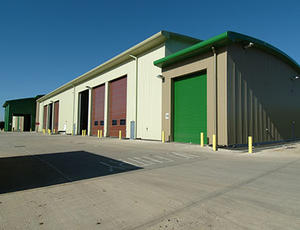The kerbside collection schemes of ‘dry’ materials like paper, card plastic and cans have been set up by local authorities and now cover 96% of Hampshire’s households. The materials collected from the kerbside are delivered to the Materials Recovery Facilities (MRFs), where they are separated by a combination of automatic and manual sorting.
MRF Process – How does it work?
The 8 Steps to Materials Recovery
Step 1
The collected material is delivered to a Materials Recovery Facility (MRF) and tipped into the loading area.
Step 2
It is then fed onto loading conveyors by mechanical shovel. The purpose of using conveyors is to provide a controlled, constant flow of material to the system.
Step 3
The material is transferred onto an elevating conveyor, which in turn feeds the material to the pre-sort conveyors. The elevating conveyor operates at a faster speed to thin out the material depth for delivery to the pre-sort area.
Step 4
Once in the pre-sort area the non-recyclable material is manually picked out and discharged into the storage bays below.
Step 5
The mixed material flowing from the pre-sort area enters two trommel screens which then separate into three components:
- Containers and fine materials
- Newspapers and magazines
- Card and some papers
Step 6
The materials are further processed using disc screens and conveyors. The MRFs are equipped with sophisticated automatic recognition and sorting of products. This system is used in three separate locations within each facility and works on an optical identification and separation using air jets.
Step 7
Following the automated process of separation, the product lines are monitored manually and any non-recyclable material is picked off and goes into a residual storage bay.
Step 8
A magnetic separator removes steel cans automatically and transfers them to a storage bunker. An eddy current-separator is used to extract the aluminium cans which are stored in another bunker.
These materials are separated in the process:
- Plastics
- Aluminium and ferrous metal cans
- Newspapers, pamphlets and magazines
- Mixed paper
- Cardboard




